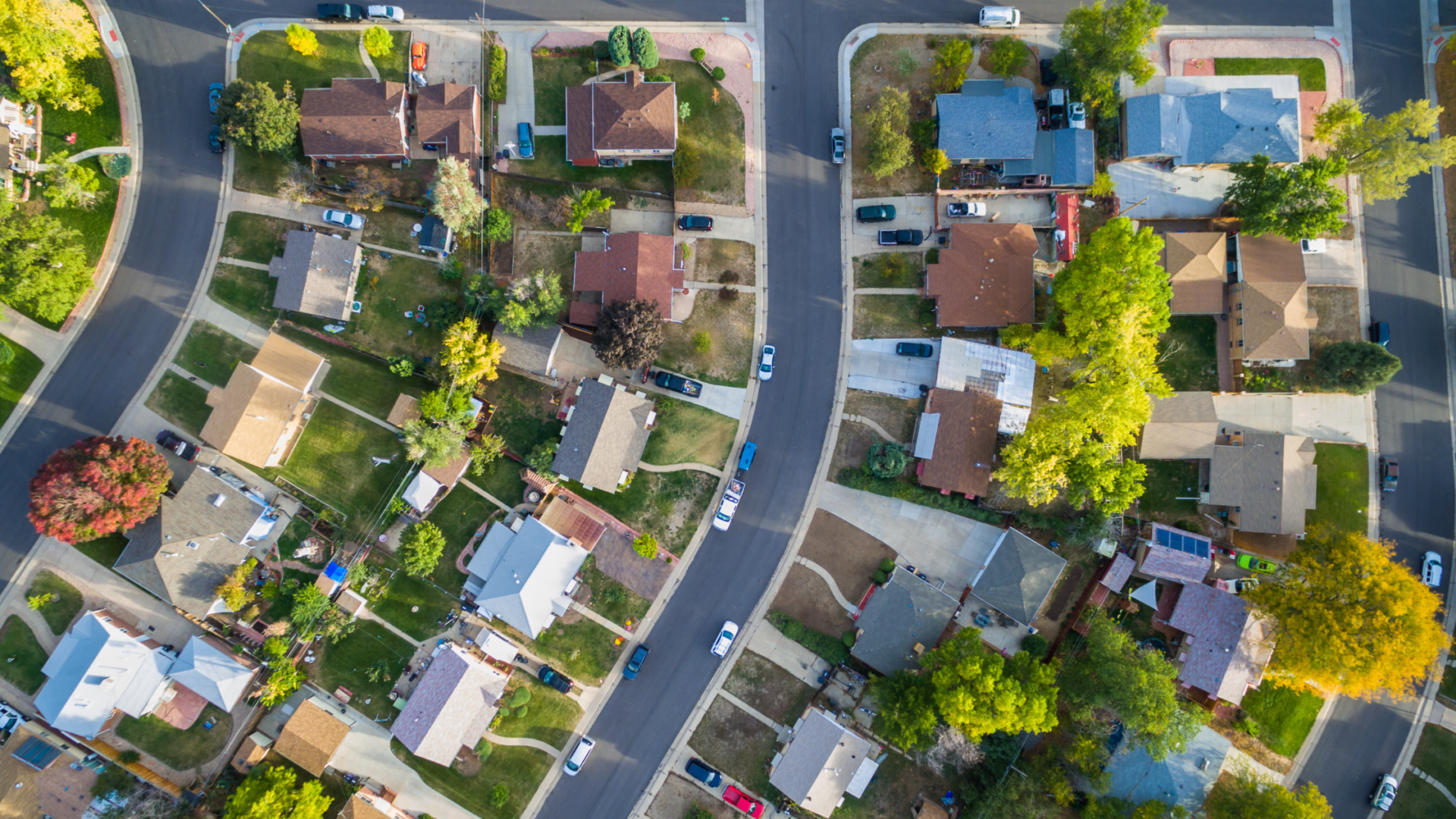There are many options these days when it comes to residential internet service. Since residential internet became available in the 90s, internet service providers have been looking to do it better, faster, and cheaper. With the rapid development and frequent changes, it can now be difficult to know what “the best” truly is.
Long gone are the days marked by the screeching sounds of dial-up. No longer must we dial out to request internet access, for broadband is here. This high-speed, always-on internet comes by way of a few different methods. Below we will address each of those methods, and discuss the lengths to which Fort Collins Connexion has gone to deliver the 4th fastest broadband internet service in the nation to its community.
What is Broadband?
Broadband is the modern high-speed internet most people are used to using in their homes. Early in the 2000s, this service took off after becoming more affordable, and in 2021 about 80% of adults in the U.S. had residential broadband service in their homes. 0% to 80% in 20 years is pretty quick for technology adoption.
When dial-up was the norm, internet users would plug their computers into the telephone line and dial out to their internet provider to request access. Not only was this slow, but it tied up the phone line for the whole house. Broadband worked differently by eventually tying into the cable line and staying connected for as long as the modem was on.
With the advancement of internet technology came great improvements. With even the slowest broadband connection, download speeds are nearly 20 times faster than dial-up, which means less time waiting for a web page to load and more time spent enjoying your browsing experience. Here are a few of the most common broadband technologies responsible for these improvements.
Digital Subscriber Line (DSL)
DSL was the first of the broadband kind. Instead of calling out over the phone lines to request internet access, this service simply transmitted data over those telephone lines by separating data from speech. Since the copper lines were already attached to the house, the set-up for this service was relatively simple.
Residential speeds with this style of broadband vary by how far the transmitted data has to travel to reach the nearest telephone company. While there are varying data rates available to increase these speeds, those options exist more for businesses.
Cable Modem
Cable internet works similarly to DSL in that it transmits data over available lines. Instead of phone lines, however, this service is transmitted over the coaxial cables used by cable companies to bring you TV. These cables are copper, much like telephone lines, only they are protected by another copper sheath that allows them to send stronger signals farther. (HighSpeedInternet)
Fiber-Optic
Fiber-optic broadband is the latest and greatest internet technology, seemingly straight from the future. Instead of using cables and wires to transmit data, fiber “converts electrical signals carrying data to light and sends that light through transparent glass fibers about the diameter of a human hair.” (FCC)
Fiber internet transmits data much more quickly and efficiently than more traditional methods. The Federal Communications Commission defines a broadband connection as one of at least 25 Mbps download and 3 Mbps upload speed. (FCC) Fiber well exceeds those standards with the average fiber service providing symmetrical, same download and upload speeds, and 1,000 Mbps (1 Gbps) service. (HighSpeedInternet)
Why Don’t We All Have Fiber?
Very few people still have dial-up residential internet service and typically hold onto it because of a lack of other options; this is typically only true of rural areas. Cable service, on the other hand, is abundantly available as long as the area has previously been supplied with a cable TV service.
A major hurdle for residential fiber-optic service is its limited availability. Because fiber is a relatively new technology, fiber-optic lines haven’t been laid in many neighborhoods and even towns. This process can be costly and difficult to achieve, leading increasingly to municipalities providing a service of their own.
That’s Just What Happened in Fort Collins
In 2015 Fort Collins voters elected to overturn legislation that prohibited the involvement of the city in creating a municipally run, high-speed internet service. That gave birth to Fort Collins Connexion, a municipal broadband utility created by and for the community of Fort Collins. Since their establishment in 2017 fiber-optic internet service has become available to nearly all of the city’s residents and is on track to be completed by the end of 2022.
Fort Collins’ Fiber-Optic Residential Broadband Service
Fort Collins Connexion exists because the city asked for a better and more reliable high-speed residential internet service. As Connexion nears completion of its fiber installation, the residents of Fort Collins can stop wishing away poor internet service, and live in the Connexion reality instead. Learn more about Connexion residential internet service today.

